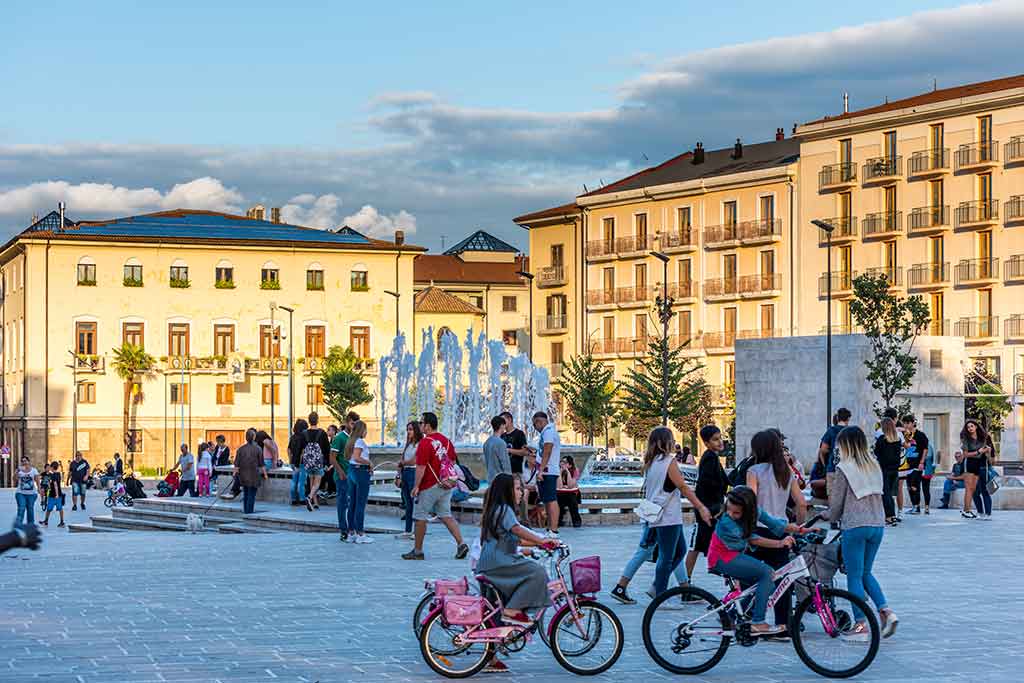Welcome
to Avellino Italy. If you’are planning to visit Avellino for your next trip and you are
looking for the best places to visit, here you’ll find tips and suggestions of most
popular point of interest and activities not to be missed in Avellino and surrounding.
Travelers will appreciate this italian town with
his rich historical and artistic heritage, local culture and environment. Discover the monuments, buildings, natural
treasures and all the details that characterize Avellino and its territory. Share and suggest a place you've
visited.

Cathedral of Avellino
In the heart of a large basin of the Campania Apennines, dominated by the mountainous massifs of the Picentino and the Partenio and surrounded by northeast from Montevergine, is Avellino: city crossed by the three waterways Rigatore, San Francesco and Fenestrelle .
The main center of Irpinia, seriously compromised by the earthquake that struck the region in 1980, Avellino was able to rebuild its urban fabric , recovering the historical monuments damaged by the earthquake and returning to being a point of reference for the industry and for the service sector of the area, which enjoys lush vegetation, with cultivations of the famous avellane hazelnuts.
Here are four good reasons for a trip to Avellino:
1) Visit the Cathedral, built in the first part of the twelfth century and named after the Assunta; the original Romanesque style structure was transformed according to the neoclassical taste on the occasion of a nineteenth-century restoration. Inside, the cathedral preserves a valuable wooden choir from the sixteenth century and the precious artifacts from the treasure of St. Modestino, patron saint of the city. At the level of the Crypt of the Duomo, remain the remains of the oldest church in Avellino, the Church of S. Maria Madre, which was shot down to allow the construction of the & nbsp; Duomo.
2) Admire the monument symbol of the city, the Clock Tower in Piazza Amendola, in the historic center; 40 meters high The tower was built in the Baroque style in the seventeenth century and in addition to always marking the day of the Avellinesi is also the characterizing element of the city.
3) Stroll through Corso Vittorio Emanuele II and Corso Italia, certainly among the most beautiful urban walks of southern Italy; along their path, destined to be totally pedestrianized, overlook the Prefecture, the old Town Hall, the church of SS. Rosary and Villa Comunale, a beautiful garden adorned with a remarkable variety of plants, among which plane trees and lime trees stand out, built in the mid-nineteenth century.
4) Enjoy the typical cuisine of Irpinia, starting with paccheri, macaroni handmade and seasoned with meat and tomato sauce, and from the lamb, the undisputed king of second courses, without forgetting the particular black truffle of Bagnoli Irpino; the all watered by the generous wines of the area: Taurasi, Fiano di Avellino and Greco di Tufo.
written by David Robertson - Last update: 21/10/2021
This guide has been translated automatically through a third party service. Visititaly offers these automatic translations to help site visitors, however the automatic translations may contain inaccuracies, errors or inaccuracies. You can contact us to report inaccuracies or errors and we will check the translation.